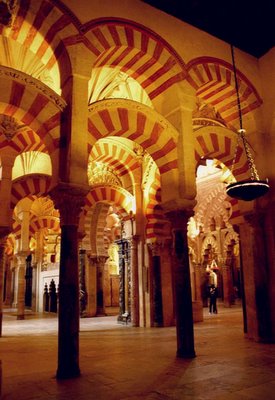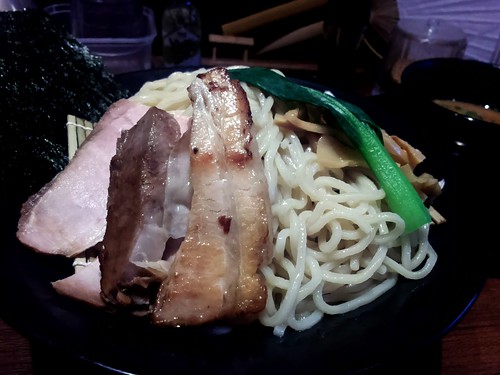One of my favorite advances in terms of outdoor gear technology in recent years has been the introduction of waterproof down. In my opinion it is a real game changer in terms of providing us with the best insulation possible while avoiding previous problems with what happens to down when it gets wet. In the past I've reviewed (and loved) the
Brooks Range Mojave jacket, which was one of the first products to incorporate
DownTek, one of the options available for waterproof down. Recently I've been testing an
Ignite Down sleeping bag from
Kelty, which uses
DriDown, the primary competition to DownTek. It turns out, it doesn't matter what you call the waterproof down inside, it still performs great and remains the best insulator available today.
The version of the Ignite Down sleeping bag that I tested was rated for 20ºF/-7ºC. That makes it a comfortable option for three-season camping. The bag has a pack weight of 2 pound, 12 ounces (1.2 kg), which is decent, if unremarkable. The mummy-style bag also includes internal loops for a bag liner, external security loops for connecting to a sleeping pad and hand loops for storage. It has high quality zippers and is made from 30D ripstop nylon, while being stuffed with 600-fill DriDown of course.
I was extremely impressed with the build quality of the Ignite Down. Kelty has a rich history of delivering outdoor gear that provides an excellent performance to price ratio. But this bag actually exceeded my expectations in terms of how well it managed to keep me comfortable in a variety of conditions. Better yet, it also feels like it is built to last, shrugging off the normal abuse that come with traditional camping and backpacking trips. The durable external fabrics are easy to keep clean and very resistant to wear and tear.
The bag also happens to be quite comfortable, which is of course what we're all looking for. Not everyone likes a mummy bag, and if you're someone who feels restricted by this type of sleeping bag, the Ignite Down probably won't do anything to change your mind. But if sleeping in a mummy bag isn't a problem for you, you'll find that this one provides a snug, but not overly confining fit, with plenty of room inside. At 6'2" (1.8 m) in height, I used the "Long" version of this bag and found that I had plenty of room to spare. So much so in fact that I could keep socks, base layers and a few other clothing items that I wanted to keep warm and dry at the bottom without feeling cramped in any way.
As expected, the DriDown performs exceptionally well. The material provides plenty of warmth, even at a slightly reduced 600-fill level. In fact, I feel Kelty might be a bit conservative with their temperature rating and I wouldn't have a problem using this bag even in slightly colder weather. Its water-repellant properties make it a great option whether you're camping in the desert or heading to a damp forest. Similarly, it works well in dry, cool conditions, as well as damp, rainy or snowy ones.
If there is a knock on this bag it is probably in its weight and compressibility. As I mentioned earlier, the Ignite Down tips the scales at 2 pounds, 12 ounces, which makes it rather average in terms of pack weight. It also doesn't compress down particularly small, which means it also takes up more room in your pack than similar bags.
But Kelty more than makes up for these minor issues by delivering a great product, that happens to include waterproof down, at an amazing price. The 20ºF version of the Ignite Down carries an MSRP of just $219.95, and it can be found at places like
Sport Chalet for just $199.95. That is an incredibly good deal for backpackers and campers on a budget, who care more about good performance at a great price than they do about shaving a few ounces from their pack weight. For those folks, Kelty has delivered a great option.
As we're heading into the holiday season, this sleeping bag also happens to make a great gift for your favorite outdoor enthusiast. I know I wouldn't mind finding one under my tree this year.














